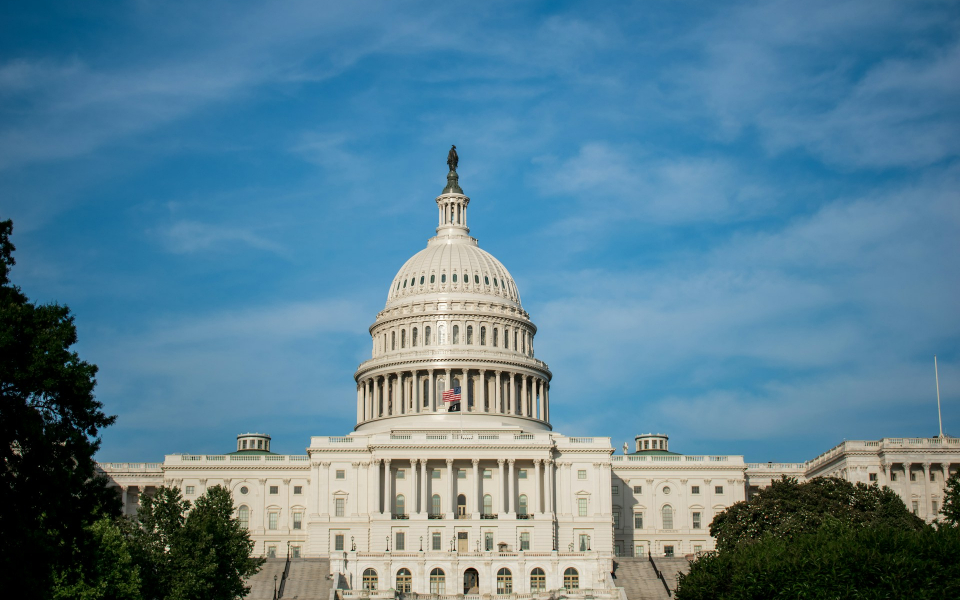Federal Reserve Chair Jerome Powell painted a very clear picture of what needs to happen before the central bank lowers rates during the second day of testimony in front of Congress.
What To Know: Powell kicked off his semiannual testimony before the Senate Banking Committee on Tuesday. He began his second day of testimony in front of the House Financial Services Committee at 10 a.m. ET on Wednesday as part of the Fed's semi-annual monetary policy report.
Investors are paying close attention to Powell's comments, looking for clues about the central bank's current policy outlook. Powell stressed he would not be "sending any signals" about the timing of any potential policy adjustments, but he laid out what needs to happen for him to support a rate cut very clearly.
"What we've said is that we want to be more confident, we want to have greater confidence - and that means more good inflation readings - that inflation is moving sustainably down to 2%, greater confidence that that is the case," Powell said.
Although inflation is part of the story, Powell reminded the committee that the Fed has a dual mandate that includes employment.
"I could also see us cutting ... if we saw unexpected weakening in the labor market," Powell added.
Powell explained that he now believes the risks to the Fed's two mandates are more in balance. For a long time, the central bank focused heavily on the inflation mandate, but the labor market has now come back into focus and is in balance with "pretty much where it needs to be," he said.
Powell has repeatedly emphasized that the Fed needs to gain more confidence that inflation is heading sustainably toward 2%. He also acknowledged that the central bank would not wait until it actually gets to 2% to begin adjusting policy, citing the "momentum" of inflation.
"You don't want to wait until inflation gets all the way down to 2% because inflation has a certain momentum. You wouldn't wait that long. If you waited that long you probably waited too long because inflation will be moving downward and will go well below 2%, which we don't want," Powell said.
Why It Matters: The latest Consumer Price Index (CPI) reading showed that inflation fell from 3.4% to 3.3% on a year-over-year basis in May, below average economists forecasts of 3.4%. Month-over-month inflation was flat, which was also below projections for a 0.1% rise.
CPI data for June is set to be released at 8:30 a.m. ET on Thursday. The consensus estimate is calling for inflation to have fallen to 3.1% on a year-over-year basis last month. If inflation continues to fall, it could set the stage for a potential rate cut in September.
According to CME Group's FedWatch tool, the market is currently projecting a 71.8% chance of a rate cut at the Fed's meeting on Sept. 18. Projections are likely to move one way or the other following Thursday's inflation data.
JPMorgan's trading desk released a new note this week calling for a positive reaction in the S&P 500 if the month-over-month CPI reading comes in up 0.25% or below. The SPDR S&P 500 ETF Trust










